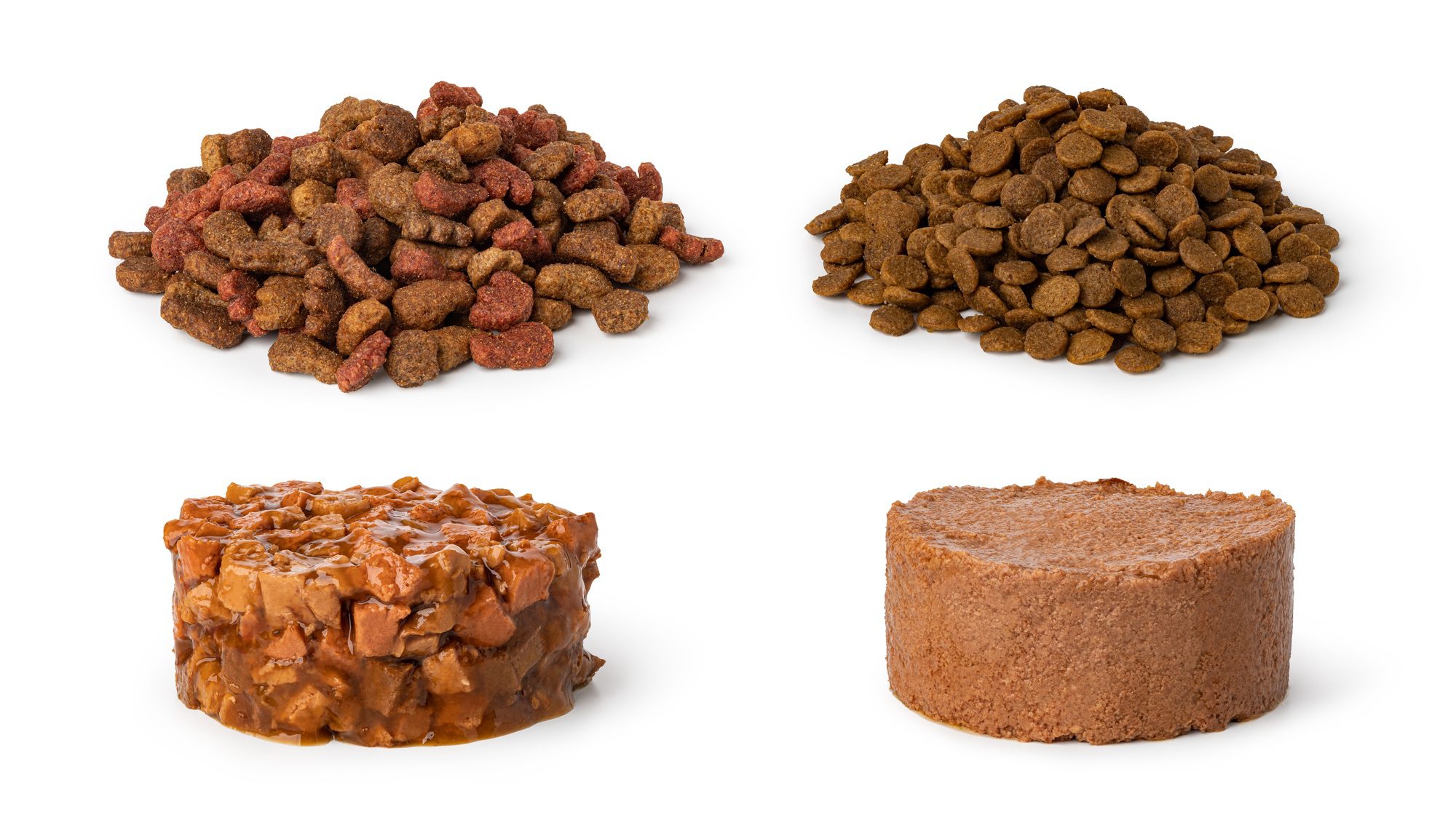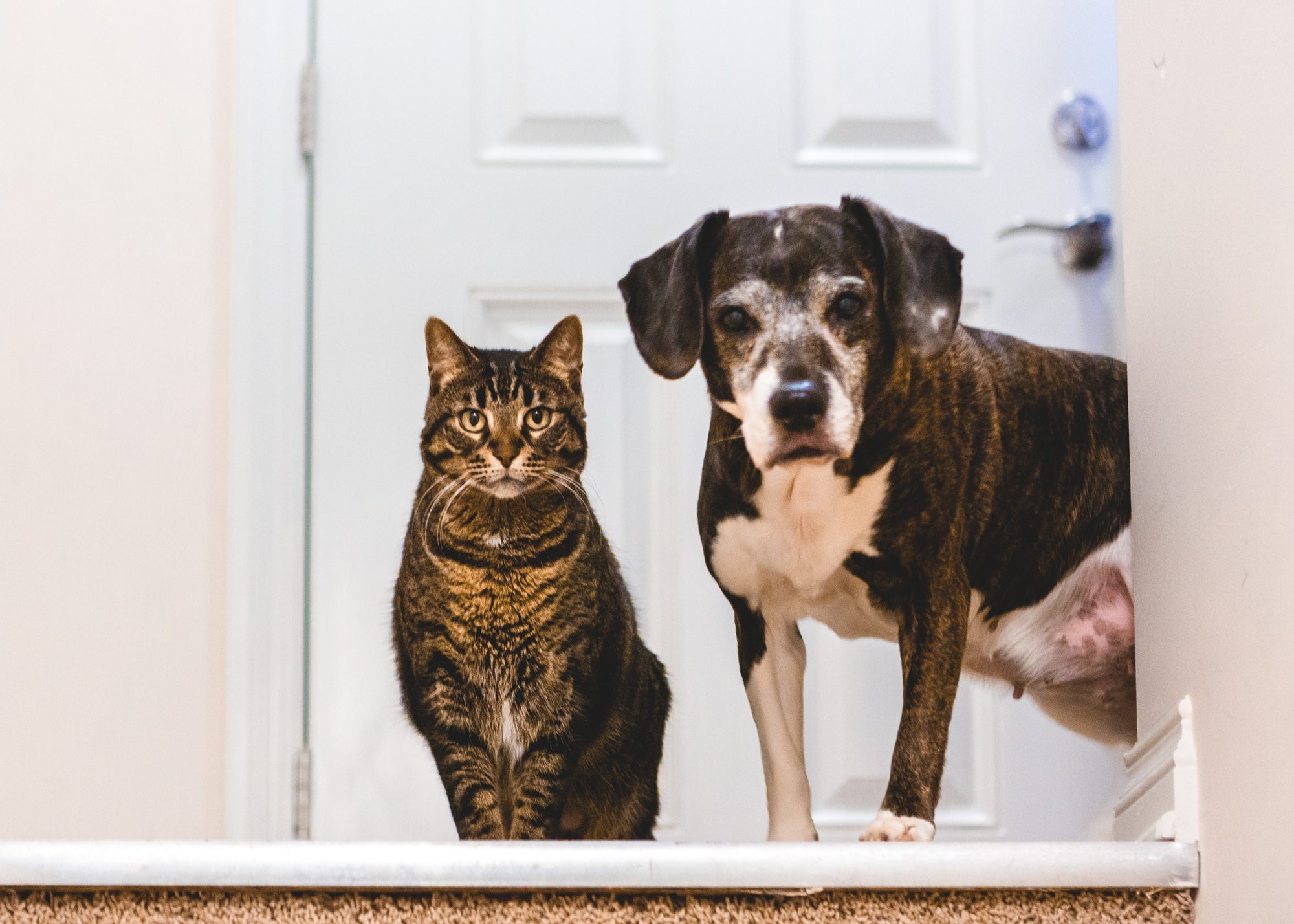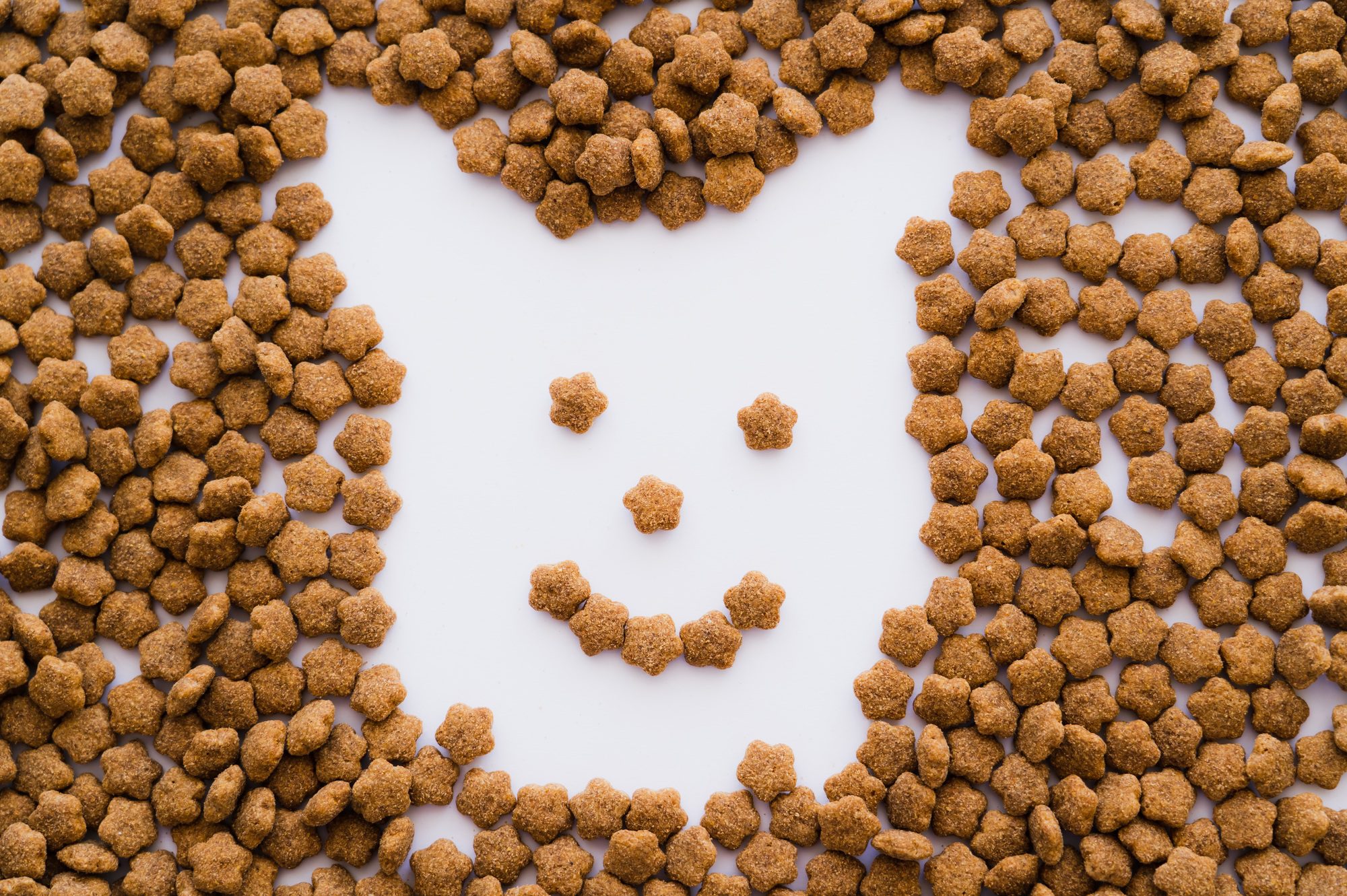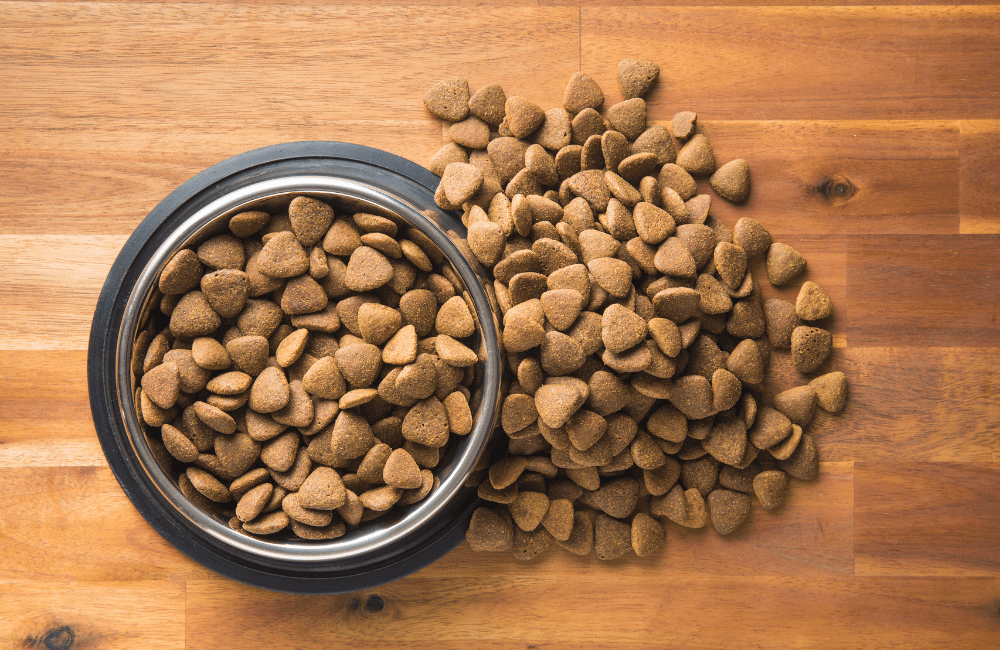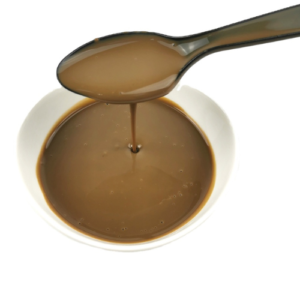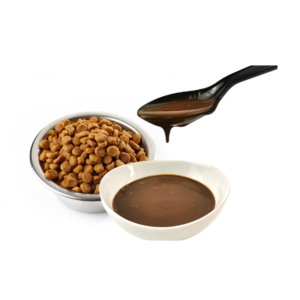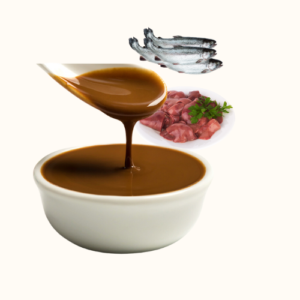Introduction
Cats are beloved members of our families, and as responsible pet owners, we strive to provide them with the best possible care, including their diet. Cat food enhancers have gained popularity in recent years as a way to improve the nutritional value and palatability of commercial cat food. In this article, we will explore the benefits, types, and considerations surrounding cat food enhancers, helping you make informed decisions about your feline friend’s dietary needs.
- The Role of Cat Food Enhancers
Cat food enhancers are supplementary products designed to enhance the taste, texture, and nutritional value of your cat’s regular diet. While commercial cat food brands provide a balanced diet, enhancers can provide an extra nutritional boost, cater to specific dietary requirements, or entice finicky eaters. By incorporating cat food enhancers, you can tailor your cat’s meals to meet their individual needs and preferences, promoting overall well-being. - Types of Cat Food Enhancers
a) Flavor Enhancers: These enhancers are formulated to make cat food more appealing by intensifying the taste and aroma. Common flavor enhancers include fish oil, bonito flakes, and liver powders.
b) Nutritional Enhancers: These enhancers focus on bolstering the nutrient content of cat food, especially for cats with specific health concerns. Examples include omega-3 fatty acid supplements, probiotics, and joint support additives.
c) Texture Enhancers: Cats can be particularly sensitive to texture, and these enhancers help modify the consistency of cat food. They can add moisture or create a crunchy texture, appealing to cats with texture preferences or dental issues.
d) Digestive Health Enhancers: These enhancers aid in maintaining a healthy digestive system. They often contain fiber, prebiotics, or digestive enzymes, promoting smooth digestion and reducing the risk of gastrointestinal issues.

- Factors to Consider
a) Quality and Safety: When selecting cat food enhancers, it is crucial to choose reputable brands that prioritize quality and safety. Look for products made from natural, high-quality ingredients and avoid those with artificial additives or fillers.
b) Compatibility: Consider your cat’s specific dietary needs, age, and any existing health conditions when choosing an enhancer. Some ingredients might be beneficial for one cat but potentially harmful to another. Consult with your veterinarian for personalized recommendations.
c) Balance and Moderation: While cat food enhancers can provide numerous benefits, it’s important to maintain a balanced diet. Excessive use of enhancers may lead to nutritional imbalances or obesity. Follow the recommended dosage guidelines and use enhancers as a complement to a complete and balanced cat food diet.
d) Allergies and Sensitivities: Take note of any known allergies or sensitivities your cat may have, and carefully read ingredient labels to avoid potential allergens. Common allergens for cats include grains, certain protein sources, and artificial additives.
- Incorporating Cat Food Enhancers into Meal Plans
When introducing cat food enhancers, gradually incorporate them into your cat’s meals to assess their response and ensure acceptance. Start with small amounts and observe any changes in appetite, digestion, or overall well-being. Adjust the quantities as needed and monitor your cat’s weight to maintain a healthy body condition.
Conclusion
Cat food enhancers can play a valuable role in enhancing your feline companion’s nutrition and enjoyment of meals. By understanding the different types of enhancers, considering your cat’s unique needs, and prioritizing quality and moderation, you can make informed choices that benefit their health and happiness. Remember, it is always advisable to consult your veterinarian before making any significant changes to your cat’s diet. They can provide guidance based on your cat’s specific requirements and help you choose the most suitable cat food enhancers.
Incorporating cat food enhancers into your cat’s meal plan can be a gradual process. Start by mixing a small amount of the enhancer with your cat’s regular food and observe their response. If your cat shows a positive reaction and enjoys the enhanced meal, you can gradually increase the amount of enhancer while reducing the portion of regular food.
It’s important to note that cat food enhancers are not meant to replace a complete and balanced cat food diet. They should be used as supplements to provide additional nutrients or improve palatability. Regular monitoring of your cat’s weight and overall health is essential to ensure they are receiving the right balance of nutrients.
In conclusion, cat food enhancers can be a valuable tool in optimizing your cat’s nutrition and enjoyment of their meals. By understanding the different types of enhancers, considering your cat’s specific needs, and consulting with your veterinarian, you can make informed decisions that support your cat’s overall health and well-being. Remember, a balanced diet and moderation are key, so use cat food enhancers wisely and always prioritize your cat’s health above all else.




